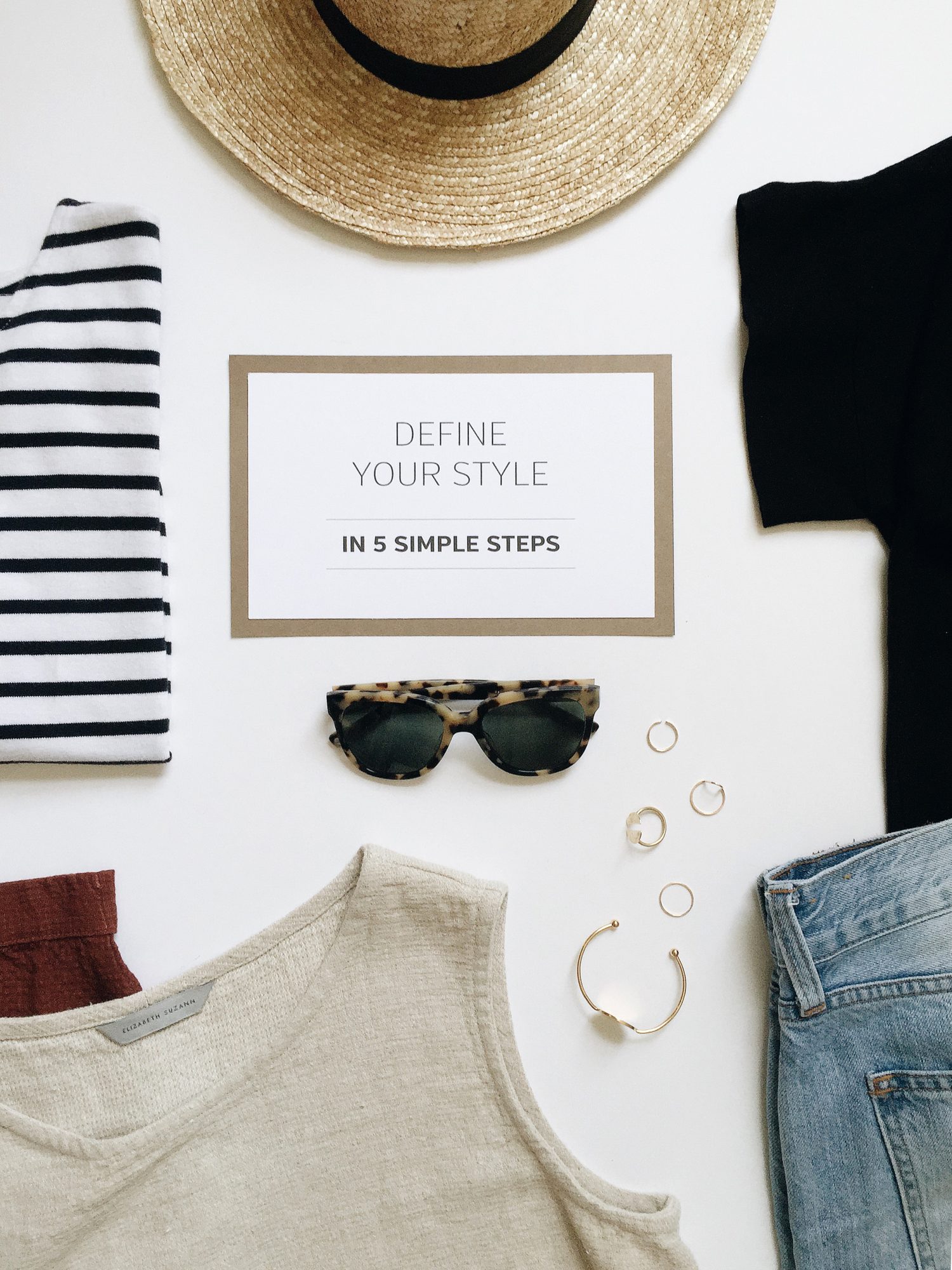Complete Guide to Interior Design: Transforming Your Space
Introduction:
Interior design is a powerful tool that allows you to create living spaces that are not only aesthetically pleasing but also functional and reflective of your personal style. Whether you’re starting from scratch or looking to refresh your existing space, this complete guide will provide you with valuable insights and techniques to transform your space through interior design. From understanding design principles and selecting color palettes to optimizing layout and incorporating decorative elements, we’ll explore key aspects that will help you create a harmonious and inviting environment.
- Understanding Design Principles:
Design principles lay the foundation for effective interior design. Familiarize yourself with concepts such as balance, proportion, rhythm, emphasis, and harmony. Balance the visual weight of furniture and decor throughout the space. Ensure proportionate sizing of elements. Create rhythm through repetition and variation. Use emphasis to highlight focal points. Aim for a cohesive and harmonious overall design. - Defining Your Style:
Identify your preferred interior design style to guide your decision-making process. Explore popular styles like minimalism, traditional, contemporary, industrial, or bohemian. Consider the mood and ambiance you want to create in your space. Look for inspiration in design magazines, websites, and social media platforms like Pinterest. Develop a clear vision of your desired style.
- Selecting Color Palettes:
Colors have a profound impact on the atmosphere of a space. Choose a color palette that aligns with your style and desired ambiance. Consider the psychological effects of colors. Warm tones like red and yellow create energy, while cool tones like blue and green evoke a calming effect. Experiment with different combinations and pay attention to how colors interact with natural and artificial light. - Optimizing Space and Layout:
Space planning is essential for maximizing functionality and flow in your interior design. Analyze the available space and consider the activities that will take place in each area. Arrange furniture and functional elements to optimize circulation and usability. Create different zones within open-concept spaces. Utilize storage solutions to minimize clutter and maximize storage capacity.
- Incorporating Lighting:
Lighting plays a crucial role in setting the mood and enhancing the functionality of a space. Combine natural and artificial lighting to create a well-lit environment. Incorporate ambient, task, and accent lighting to fulfill different needs. Install dimmer switches to adjust lighting levels based on different activities and times of day. Consider energy-efficient lighting options like LED bulbs. - Selecting Furniture and Decor:
Choose furniture that suits your style, provides comfort, and fits within the space. Consider the scale and proportions of furniture in relation to the room. Mix and match different textures, materials, and colors to add visual interest. Incorporate decorative elements like artwork, rugs, and accessories to personalize and enhance the overall design. Ensure a balance between functionality and aesthetics. - Enhancing with Textiles and Fabrics:
Textiles and fabrics add warmth, texture, and visual appeal to a space. Choose curtains, drapes, pillows, and upholstery fabrics that complement your color palette and style. Consider the durability and maintenance requirements of different materials. Layer textiles to create depth and visual interest. Play with patterns and textures to add personality to your space
- Adding Personal Touches:
Infuse your personality and story into your interior design. Display meaningful artwork, photographs, or mementos that evoke positive emotions. Incorporate elements that reflect your hobbies and interests. Personal touches make a space unique and create a sense of belonging. - Balancing Function and Style:
Strive for a balance between functionality and style in your design choices. Consider the needs and lifestyle of the occupants. Choose furniture and storage solutions that serve a purpose. Optimize the layout to facilitate daily activities. Ensure that the design aligns with practical considerations without compromising on aesthetics. - Seeking Professional Assistance:
If you feel overwhelmed or lack confidence in your design abilities, consider hiring an interior designer. A professional can offer expert guidance, creative solutions, and access to resources. They can help you bring your vision to life while considering technical aspects and industry trends.
Conclusion:
With the help of this complete guide to interior design, you now possess the knowledge and tools to transform your space into a harmonious and inviting environment that reflects your personal style. By understanding design principles, defining your style, selecting color palettes, optimizing space and layout, incorporating lighting, selecting furniture and decor, enhancing with textiles and fabrics, adding personal touches, balancing function and style, and seeking professional assistance if needed, you’ll be well on your way to creating a space that is both aesthetically pleasing and functional. Enjoy the process of transforming your space and revel in the newfound beauty and comfort it provides.
